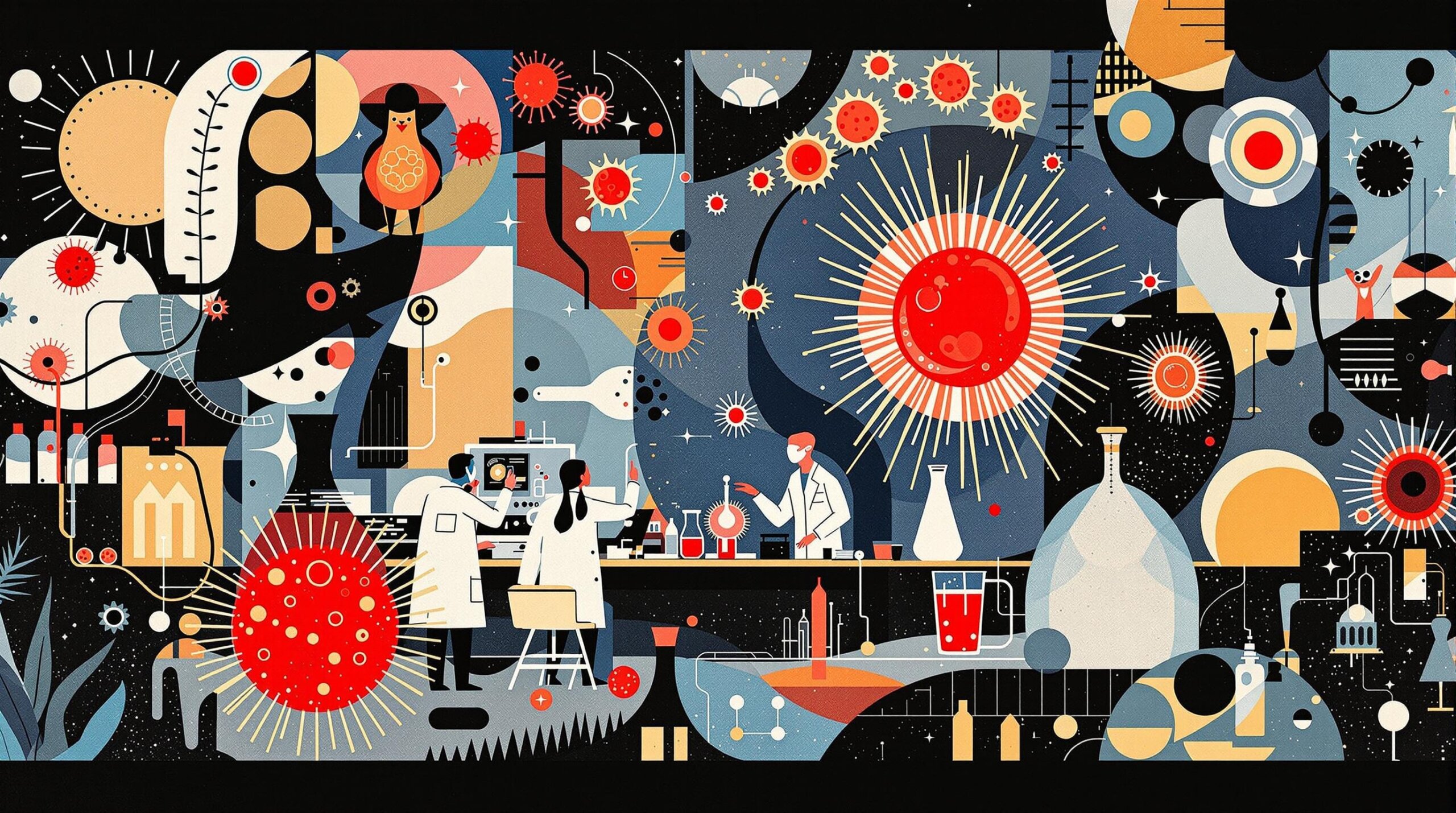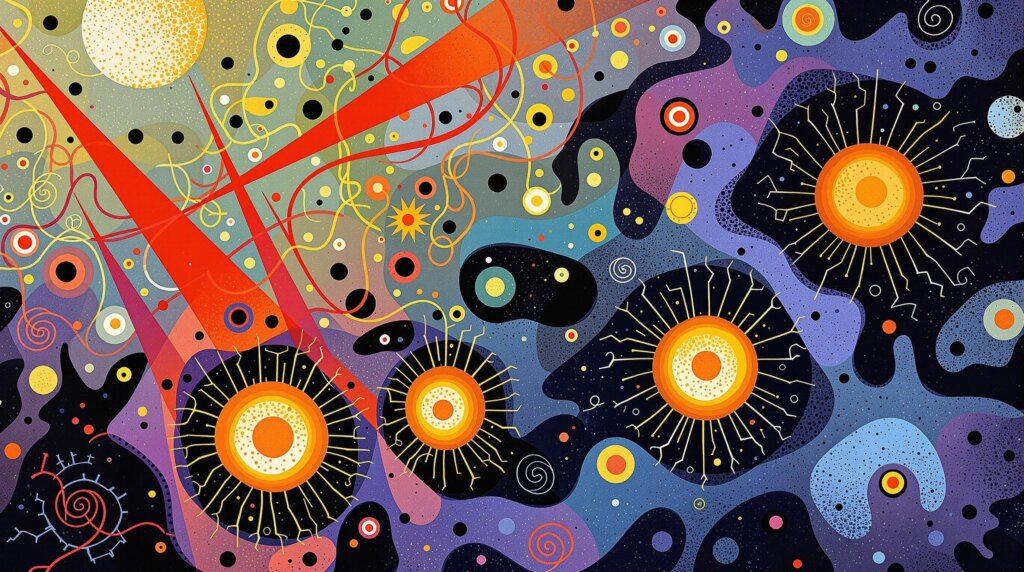Understanding Red Light Therapy: Science and Speculation
What is Red Light Therapy?
Red light therapy uses specific wavelengths of red and near-infrared light to stimulate cellular function. The technology emerged from NASA’s research in the 1990s, originally developed to grow plants in space. Scientists noticed that the same light that helped plants grow also seemed to help heal astronauts’ wounds faster.
The Science Behind Red Light Therapy
The basic principle is simple: certain wavelengths of red light (typically 630-670nm) and near-infrared light (850-900nm) penetrate skin cells and interact with mitochondria – our cellular powerhouses. This interaction supposedly increases ATP production, the energy currency of our cells. Think of it like charging your phone – but instead of electricity, you’re using specific light frequencies to energize your cells.
Research and Evidence
Clinical studies have produced mixed results. Some research shows promising outcomes for skin health, wound healing, and muscle recovery. A 2014 study in Photomedicine and Laser Surgery found that red light therapy improved skin complexion and collagen density. However, many studies are small-scale or lack proper controls.
Current Applications and Uses
Red light therapy now appears in various settings: dermatology clinics, sports medicine facilities, and home devices. Athletes use it for muscle recovery, dermatologists for skin conditions, and some longevity enthusiasts as part of their anti-aging routine. The treatment has gained particular attention for its potential role in cellular regeneration and inflammation reduction.

The Science of Cellular Response to Red Light
Cellular Mechanisms at Work
When red light hits our cells, it primarily affects the mitochondria. These organelles contain photoreceptors that respond to specific light wavelengths. The process, called photobiomodulation, triggers a series of cellular events: increased ATP production, better cell signaling, and activation of cellular repair mechanisms.
Impact on Aging Cells
Aging cells typically show decreased mitochondrial function. Red light therapy might help reverse this decline. Studies indicate it can reduce oxidative stress and increase production of antioxidants. This could explain why some users report improved skin elasticity and faster healing.
Effects on Different Body Systems
The therapy’s influence extends beyond skin-deep. Research suggests benefits for:
- Muscle tissue regeneration after exercise
- Joint inflammation reduction
- Nerve cell repair
- Skin collagen production
- Blood circulation improvement
Clinical Evidence and Research Findings
Skin Health and Aging
Multiple studies support red light therapy’s effects on skin aging. A 2017 review in Seminars in Cutaneous Medicine and Surgery found significant improvements in skin texture and wrinkle reduction. However, results vary widely between individuals, and optimal treatment protocols remain unclear.
Athletic Performance and Recovery
Athletes report faster muscle recovery and reduced soreness. A 2016 meta-analysis in the British Journal of Sports Medicine showed moderate evidence for improved muscle recovery and performance when used before or after exercise.
Brain Health and Cognitive Function
Emerging research suggests potential benefits for brain health. Studies in animal models show reduced inflammation and improved cognitive function after brain injury. Human studies are preliminary but indicate possible benefits for conditions like depression and anxiety.
Practical Applications and Usage Guidelines
Treatment Protocols
Effective protocols typically involve:
- Treatment duration: 10-20 minutes per session
- Distance from light source: 6-12 inches
- Frequency: 3-5 times per week
- Consistency: Regular sessions for optimal results
- Time of day: Morning or evening sessions
Safety Considerations
While generally considered safe, users should be aware of:
- Eye protection requirements during treatment
- Proper device certification and testing
- Potential interactions with photosensitizing medications
- The importance of following manufacturer guidelines
- Regular maintenance of devices
Choosing and Using Red Light Therapy Devices
Device Types and Features
The market offers various options:
- Handheld devices for targeted treatment
- Full-body panels for comprehensive coverage
- Face masks for cosmetic applications
- Professional-grade systems for clinical use
- Combination devices with multiple wavelengths
Quality Indicators
Key factors to consider when selecting a device:
- Wavelength specifications (630-670nm and 850-900nm optimal)
- Power density (measured in mW/cm²)
- Treatment area size
- FDA clearance status
- Independent testing certification
The Future of Red Light Therapy
Emerging Research Areas
Scientists are investigating red light therapy for:
- Neurodegenerative conditions
- Metabolic disorders
- Cellular senescence reduction
- Mitochondrial function enhancement
- Cancer treatment support
Technology Advancements
Innovation continues in:
- More precise wavelength targeting
- Improved delivery systems
- Combined therapy approaches
- Smart device integration
- Personalized treatment protocols
Practical Implementation Tips
- Start with shorter sessions and gradually increase duration
- Maintain consistent treatment times
- Keep a treatment log to track results
- Clean devices regularly
- Combine with other healthy lifestyle practices
- Monitor skin response
- Stay informed about new research
- Consider professional guidance for specific conditions
- Document progress with photos or measurements
- Adjust protocols based on personal response
Moving Forward with Red Light Therapy
Red light therapy stands at an interesting crossroads between proven science and exciting potential. While some benefits are well-documented, particularly in skin health and muscle recovery, others require more research. The technology shows promise for longevity and cellular health, but it’s not a miracle cure.
Current evidence suggests red light therapy can be a valuable tool in a comprehensive health and longevity strategy. The key lies in realistic expectations, proper use, and integration with other healthy practices. As research continues and technology improves, we’ll better understand its full potential for human health and longevity.



